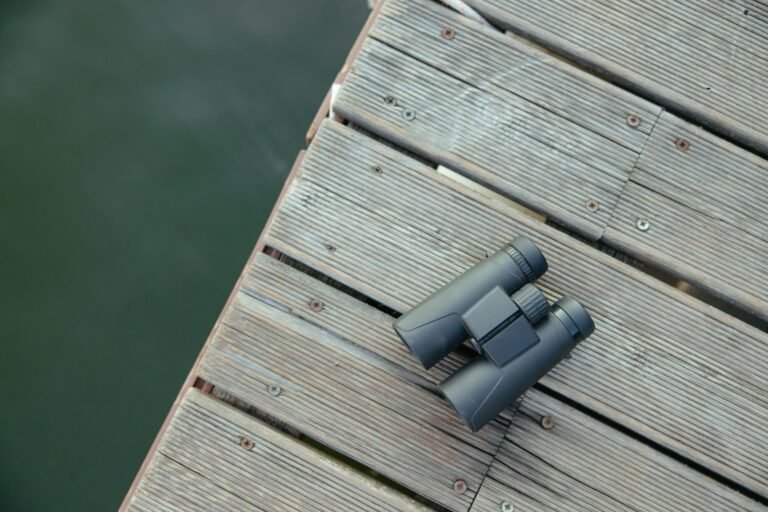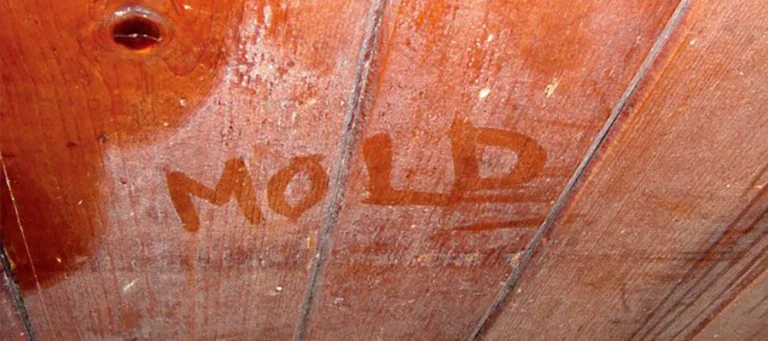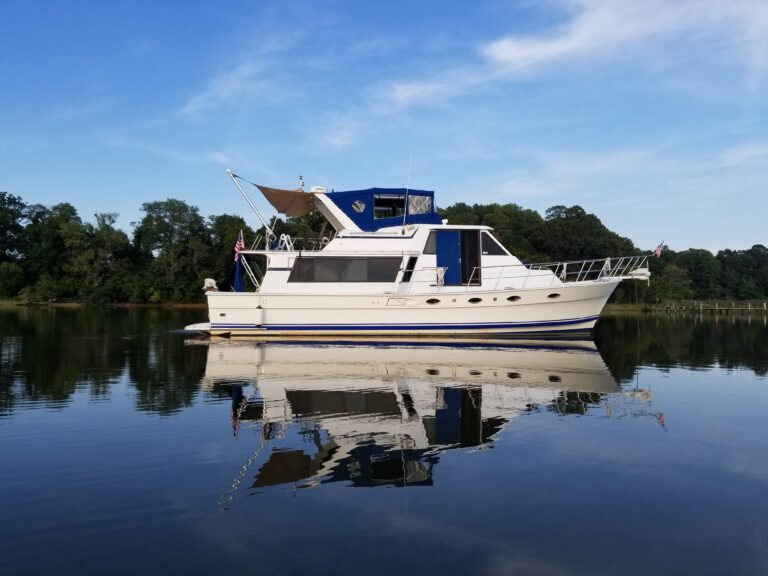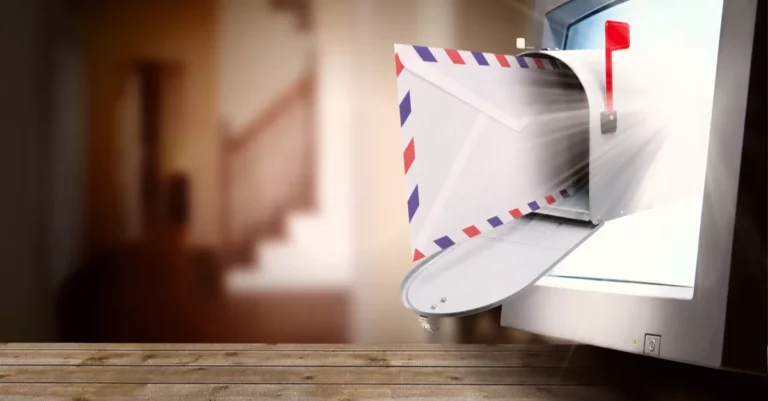Choosing the Right Life Vest: Exploring Each Type and Deciding Which One is Right For You
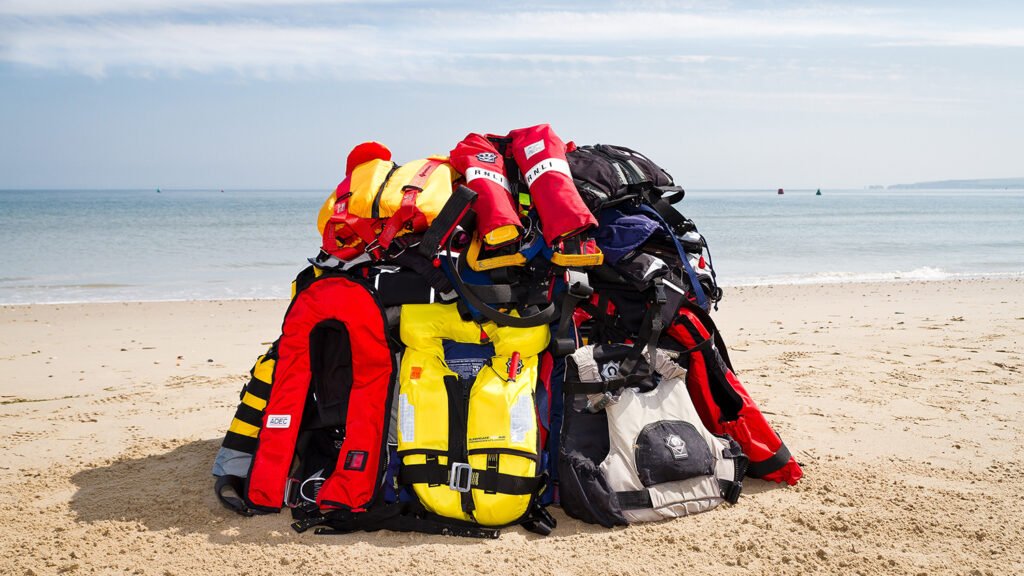
Life vests, also known as personal flotation devices (PFDs), are an essential part of boating safety.
Whether you’re a seasoned sailor, a kayaking enthusiast, or a weekend boater, knowing the different types of life vests and their advantages can help you make an informed decision when choosing the right life vest for your needs.
Type I – Offshore Life Jackets
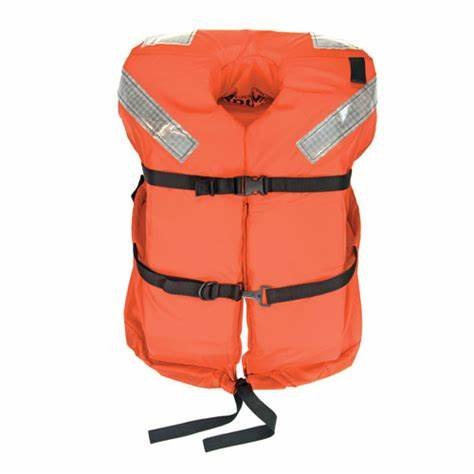
Pros:
- Maximum Buoyancy: Type I life vests offer the highest level of buoyancy, making them suitable for open water and offshore use.
- Turns Unconscious Wearers Face-Up: These vests are designed to turn an unconscious person face-up in the water.
- High Visibility: They typically come in bright colors and have reflective strips for better visibility.
Cons:
- Bulkiness: They are often the bulkiest type of PFD, which can limit mobility and comfort.
- Not Ideal for Recreational Boating: These are more suitable for offshore and commercial use, rather than recreational boating.
Best Suited For: Offshore boating, commercial fishing, and any activity where help might be far away.
Type II – Nearshore Buoyant Vests
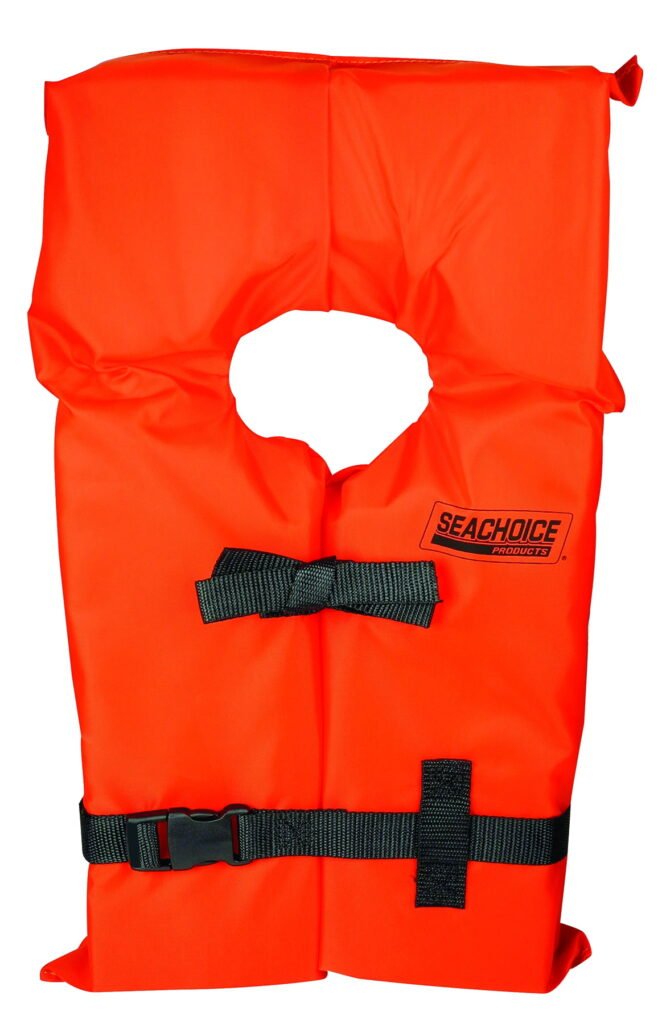
Pros:
- Reasonable Buoyancy: Type II vests provide good buoyancy and are suitable for nearshore use.
- Affordable: They are often more affordable than Type I life vests.
- Less Bulk: Type II vests are less bulky, offering better mobility.
Cons:
- May Not Turn Unconscious Wearers Face-Up: While they provide buoyancy, they may not always turn an unconscious wearer face-up.
- Limited Use: Best suited for activities near the shore, as they may not provide enough buoyancy for open water.
Best Suited For: Recreational boating near the shore, calm waters, and supervised activities.
Type III – Flotation Aid
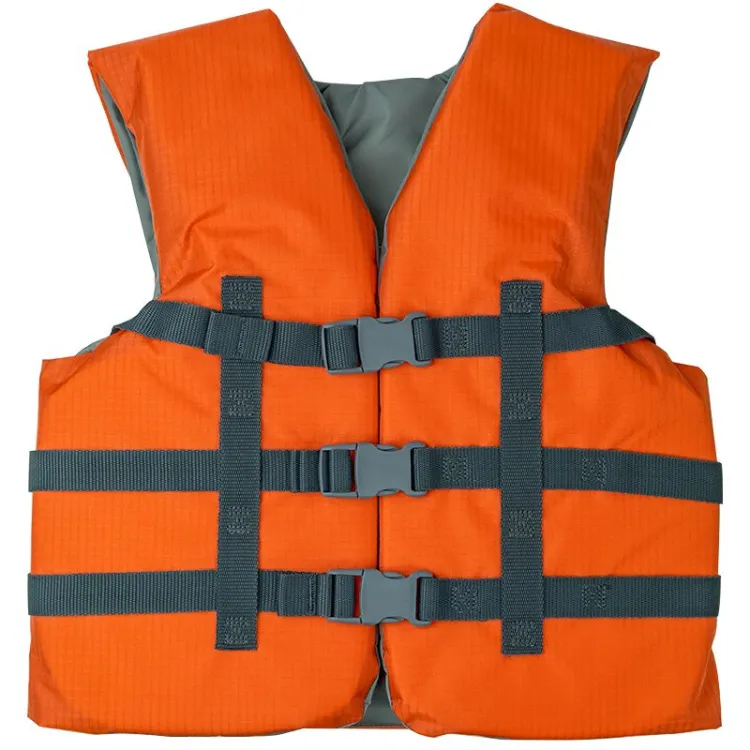
Pros:
- Comfortable: Type III vests are designed for comfort and ease of movement, making them ideal for water sports and recreational boating.
- Versatile: They come in various styles, such as inflatable, foam, and hybrid options.
- Good for Active Water Sports: Suitable for activities like kayaking, water skiing, and paddleboarding.
Cons:
- Limited Buoyancy: Type III PFDs may not provide the same level of buoyancy as Type I or II vests.
- Not Ideal for Unconscious Wearers: They are not designed to turn an unconscious person face-up.
Best Suited For: Recreational boating, water sports, and activities where mobility is essential.
Type IV – Throwable Devices
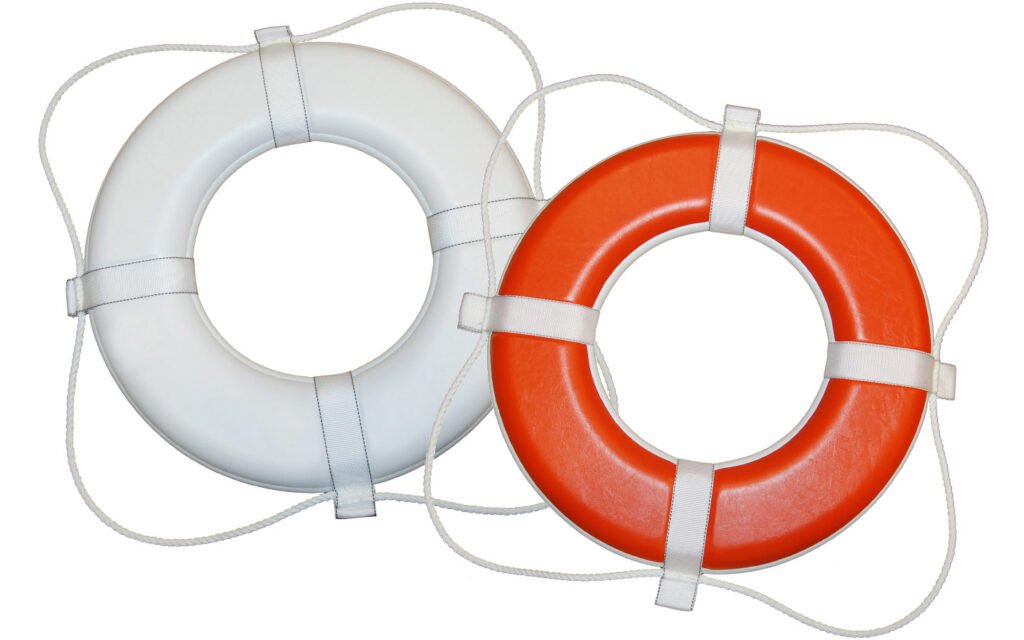
Pros:
- Simple Design: Type IV PFDs are easy to use and throw to someone in need.
- No Need to Wear: They are not worn but kept on board and are used as emergency flotation devices.
- Regulatory Requirement: The U.S. Coast Guard mandates having at least one Type IV PFD on board.
Cons:
- Limited Mobility: They are not intended for wearing and do not provide personal buoyancy.
- Not Suitable for All Conditions: Type IV PFDs are best for calm waters and situations where rescue is possible.
Best Suited For: Boats, kayaks, and other vessels as an extra flotation device for emergency situations.
Type V – Special Use Devices
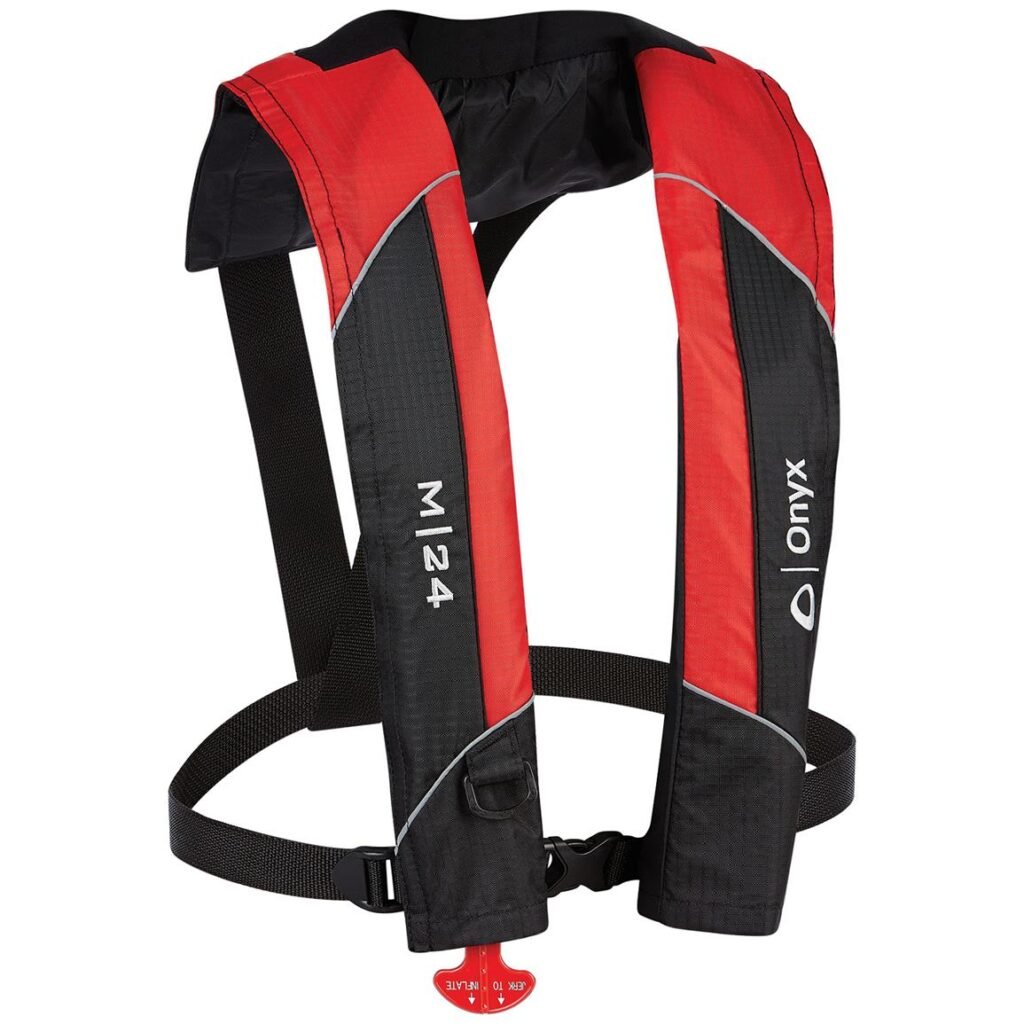
Pros:
- Customized for Specific Activities: Type V PFDs are designed for particular activities, such as windsurfing, paddling, or sailing.
- Comfort and Mobility: They offer tailored design, comfort, and freedom of movement for specific sports.
- Options for Inflatables: Some Type V PFDs come in inflatable versions, which can be more comfortable and less bulky.
Cons:
- Not for General Boating: They are not suitable for general boating or as a replacement for other types of life vests.
- Specific Usage: May not be versatile enough for different types of water activities.
Best Suited For: Specific water sports or activities where a customized PFD enhances safety and comfort.
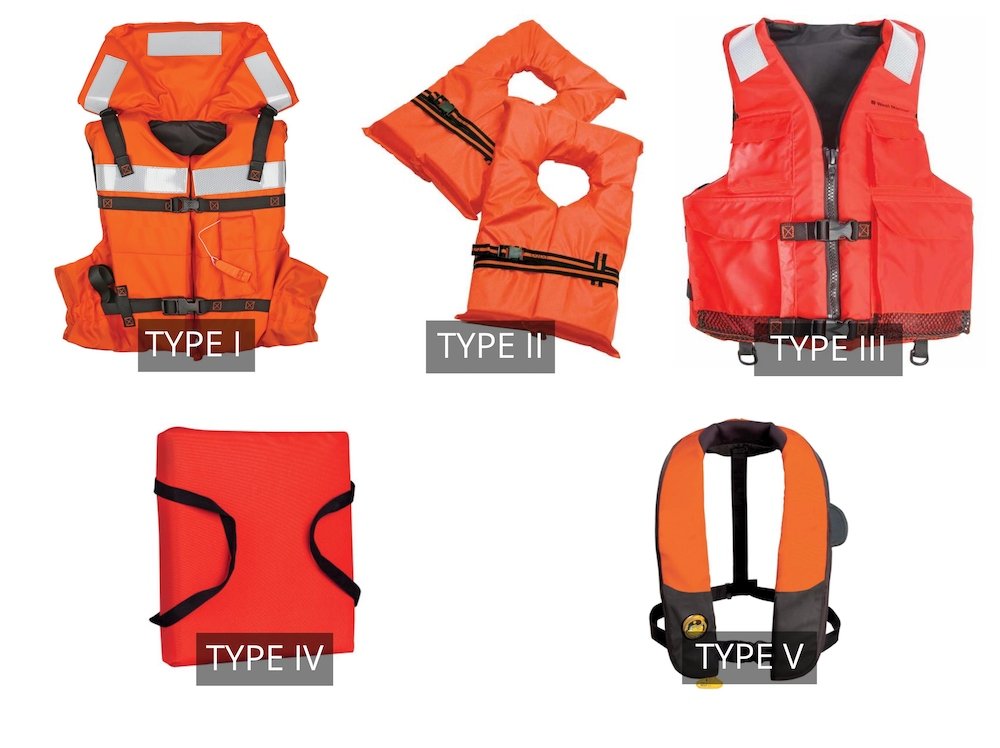
Remember that the right life vest for you depends on your boating style, the specific activity you’ll be engaged in, and the conditions you’ll encounter.
Always ensure that your chosen life vest is U.S. Coast Guard-approved and properly fits you, providing both safety and comfort on the water.
